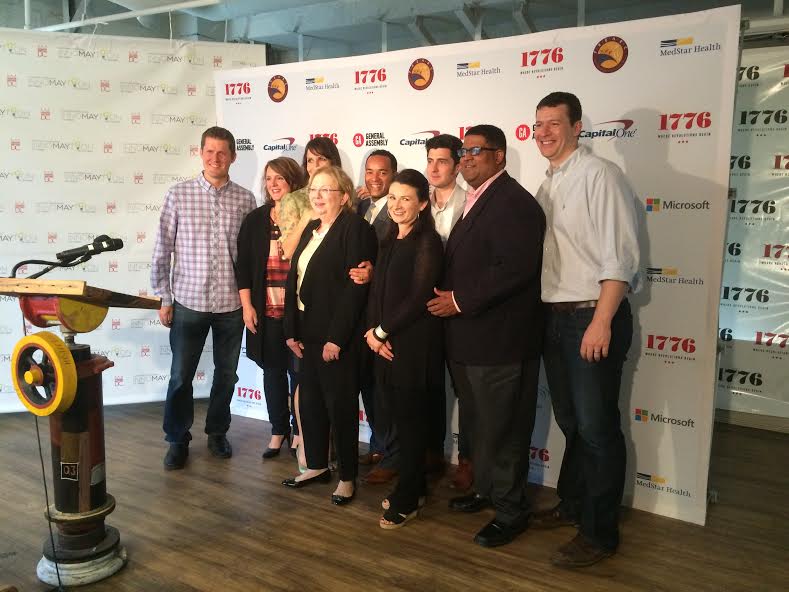When you go shopping for new clothes, online or in a brick and mortar store, which section do you hit first, the men’s or the women’s clothing? Good. OK, when you need a new power cord for your computer or smartphone, do you go to the Windows section or the Mac section? Finally, when you are in Europe at a great local restaurant, do you ask for the menu in English or in the local language?
Your specific answers to these questions are not the point. The point is that my answers may be the same or different from your answers. With that understanding, if you owned any one of the store types mentioned above – clothing, computer, food – you might ask me these types of questions when I walk in the door, or you might provide signage that shows me the way without having to be asked. Continue reading








